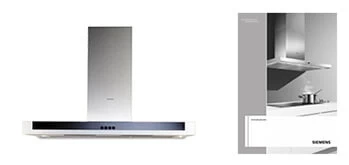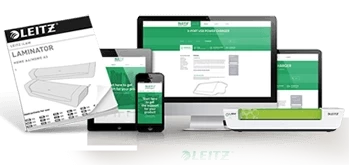-
UK User Manual Templates
- Machinery
- Electronics
- Medical
-
Meets legal requirements
-
User friendly
-
Improved UX
-
Re-use of content
We help organisations to produce and translate their technical documentation
We offer various kinds of advice and support in the development of your documentation, such as user manuals, help files, procedures, and work and video instructions.
Why translate?
Technical translation can be costly—so why translate in the first place? There are a number of reasons:
- A technical translation can be required under national or European law. In European directives we often see something along the following lines: “The instructions should be readily understandable by the end user.” The Machinery directive (2006/42/EC) specifically requires that that user manual be translated. The Direcive on general product safety specifies that products must be safe.
- Directive 85/374/EEC on liability for defective products establishes such liability. And if a defective manual accompanies a product, then the product itself is as a matter of law held to be defective. In that case, the manufacturer will be found liable.
- Technical translation is important from the standpoint of user-friendliness. Translating a manual is a good idea when it comes to marketing, but especially for consumer products.
It is also possible to translate only some of parts of your manuals. Is the information used frequently? Which information is used frequently, and which less frequently or not at all? Which information is important for health and safety? On the basis of answers to these and like questions, it’s possible to choose to translate one part of a document, and to make one part available in just one language—for instance, online.
The difference between technical translation and localization
Translating a document involves quite a bit more than just transposing it from one language to another. It can be that documentation has to be adapted in order to taken national legislation into account (such as by replacing an NEN with a DIN standard). It can also happen that illustrations have to be replaced—for example, a drawing of a European plug may need to be replaced by one showing an American one. Adapting documentation and translating it into another language so that it is linguistically, technically, and substantively appropriate, is known as localization.
Choosing a translator
Technical translations can be out-sourced to freelancers, small specialised agencies, or larger agencies. It all depends on what the project is. A freelancer is often less expensive, but making this choice usually needs more in the way of project management and monitoring, and this actually takes up time if several languages are involved. Using a small, specialised agency means paying somewhat more, but then quality control and project management are the responsibility of the agency. A larger agency usually has several in-house translators, so they can be more flexible. But then those translators are sometimes less highly specialised.
Costs of technical translations
Translators are professionals, and of course their services have to be paid for. Reducing costs is a mater of making things as easy as possible for the translators. In order to save on translation costs, it’s useful to know how these are translated. The price is often based on the number of words in the source language. The following factors have a bearing on the price per word:
What are the source and target languages for the text to be translated?
Is there any translation memory available?
Are there any lists of terms or glossaries?
Does the content lend itself to post-editing?
These last three factors can yield benefits.
Translation memory: If a segment of the source text is recognised by the translation memory, then it has already been translated and it can be re-used for the new translation.
A list of terms or a glossary: This is a list containing all terms with their specific translations. It can be necessary whenever jargon is used in a particular field. Which is better—“manager” or director”? Should you say, “Enter the text in the To: field”, or “Type the text and press Enter”? Setting up a list of terms or a glossary makes the traslator’s work easier and helps consistency.
Post-editing: With post-editing, machine translation, such as with Google Translate, is used but without the results’ being trusted blindly. The text is first translation by the application, and human translators then remove all the mistakes. The result is a good text for a lower price.
Facts on technical translation
- Directives frequently require that documents be translated.
- Building up a translation memory yields cost savings.
- Machine translations can be a decent alternative.
- Localising is a better idea than just translating.
- Translating a document promotes customer satisfaction.
- Savings can be achieved by putting some of your content online in just one language.
- Freelance translators, specialised translation agencies, and larger agencies, each have their own particular costs and arrangements.
- Including a list of terms or a gloassary can yield savings.
- Simplified Technical English can be helpful when writing for localisation.
How can we help you?
We can help you with the translation of your technical documents. We’ll look at how ensure the quality of the results while still keeping an eye on costs. We’ll also look at how we can make things as easy as possible for the translators, provide lists of terms or glossaries, and look into whether post-editing is an option.






